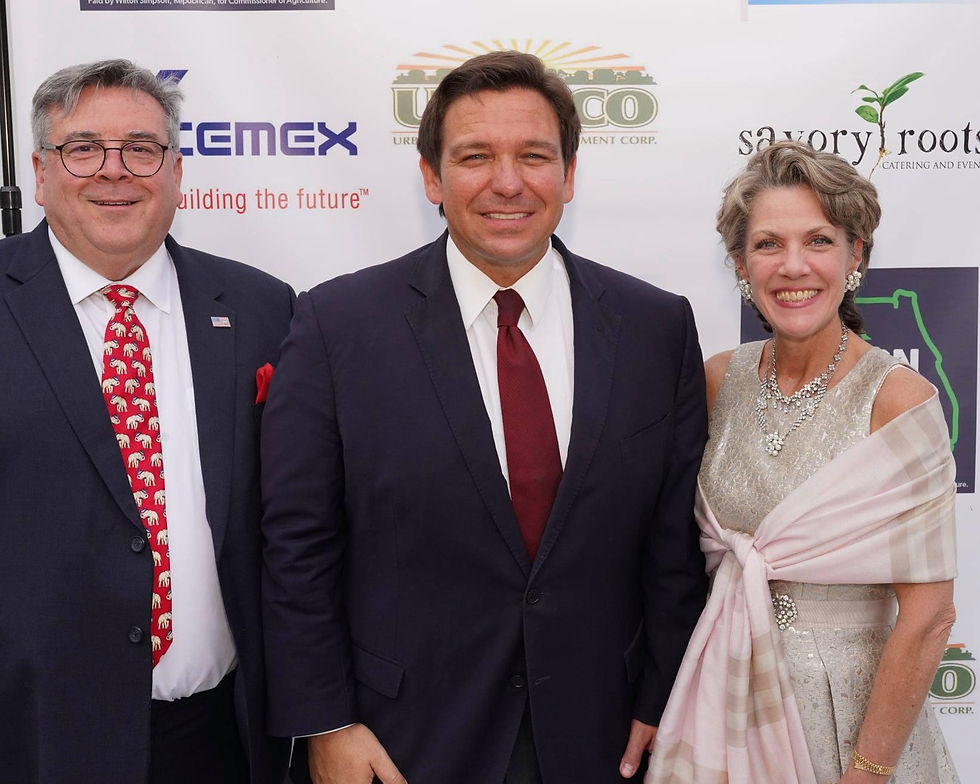Unpacking America's Financial Dichotomy: Prosperity Amidst Debt
- The Chairman

- Aug 24, 2024
- 2 min read
Unpacking America's Financial Dichotomy: Prosperity Amidst Debt
In the midst of what many describe as a thriving economy under distinguished leadership, the United States presents a complex financial landscape that merits a closer examination. Despite significant assets, the federal government and its citizens face substantial financial challenges. Here’s a breakdown of the current fiscal situation:
What the Federal Government Has vs. What It Owes
The United States, often heralded as the greatest nation with exemplary governance, holds substantial assets. However, these are starkly overshadowed by the liabilities it carries:
- Total Bills: The federal government's liabilities amass to an astonishing $36 trillion. This includes unfunded promises such as Medicare and Social Security, publicly held debt, and pension liabilities among others.
The Weight of Unfunded Promises
- Unfunded Medicare Promises: $50.3 trillion
- Unfunded Social Security Promises: $26.3 trillion
These figures represent commitments made to current and future beneficiaries that are not yet covered by any existing asset or expected revenue, painting a concerning picture for the aging population.
The Burden on Citizens
The prosperity of a nation doesn't merely reflect in its gross domestic product or stock market indices but also in the wellbeing of its citizens: Citizens Living in Poverty: 44,022,754, highlighting ongoing struggles despite overall economic growth. 44,022,789 out of 336 Million = 13%
- Citizens Without Insurance: Over 1 trillion, indicating a significant gap in health security.
- Citizens on Food Stamps: 41,490,161, underscoring the necessity of welfare programs to mitigate food insecurity.
Personal Financial Health
- U.S. Bankruptcies: 357,144 in the last year, reflecting the financial distress faced by many.
- Personal Credit Card Debt: An average of $9,386 per citizen, suggesting a reliance on credit to meet daily needs.
Implications for Policy and Governance
The stark contrast between national assets and liabilities, alongside the personal financial health of citizens, poses serious questions about policy efficacy and economic sustainability. How does a nation with such profound global influence reconcile these disparities? The answers may lie in innovative policy reforms, a reassessment of fiscal priorities, and enhanced social safety nets to protect the most vulnerable.
Conclusion
While the U.S. enjoys a position of global leadership and economic strength, the underlying financial challenges it faces are formidable. Addressing these will require not just adept leadership but a collective commitment to sustainable economic practices and policies.
This post aims to spark dialogue and encourage a deeper understanding of the real economic indicators that affect everyday Americans, beyond the surface-level statistics often cited in optimistic economic reports.



































Comments